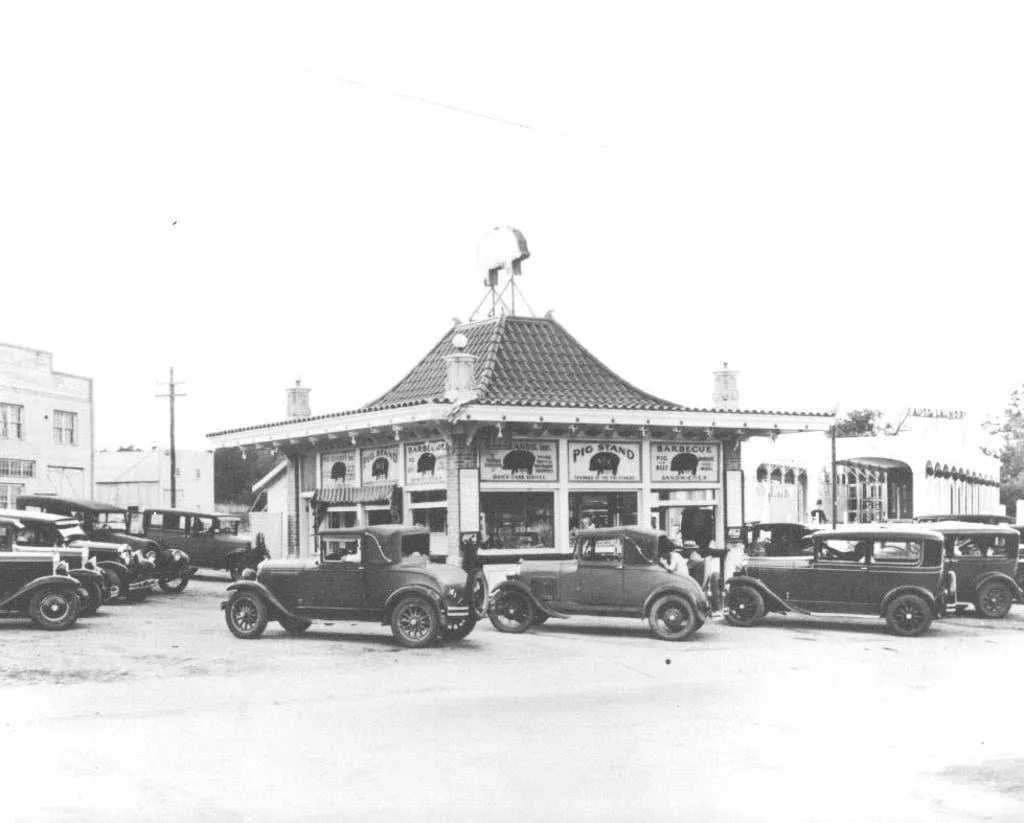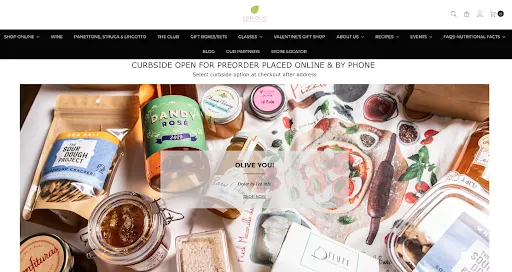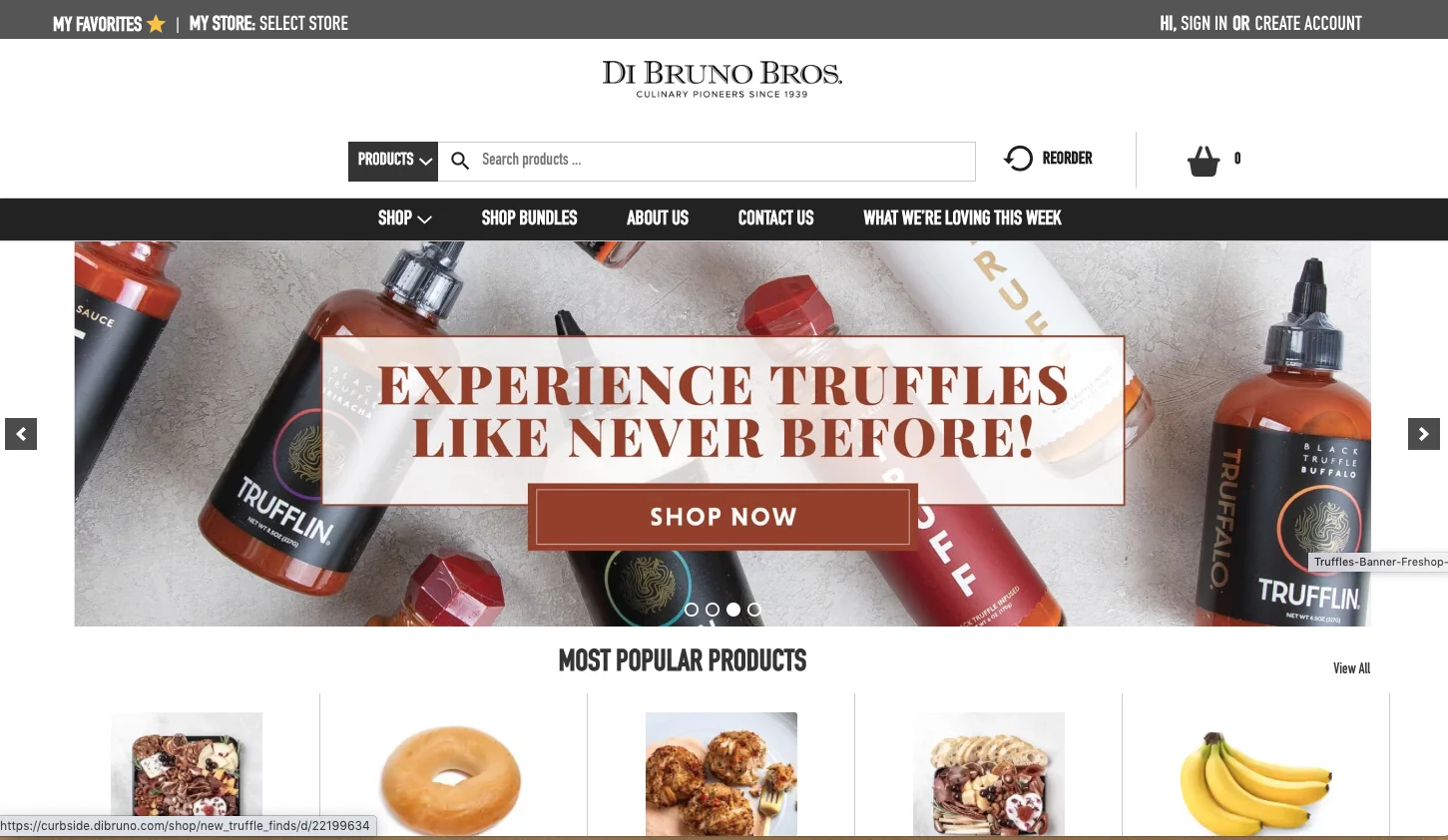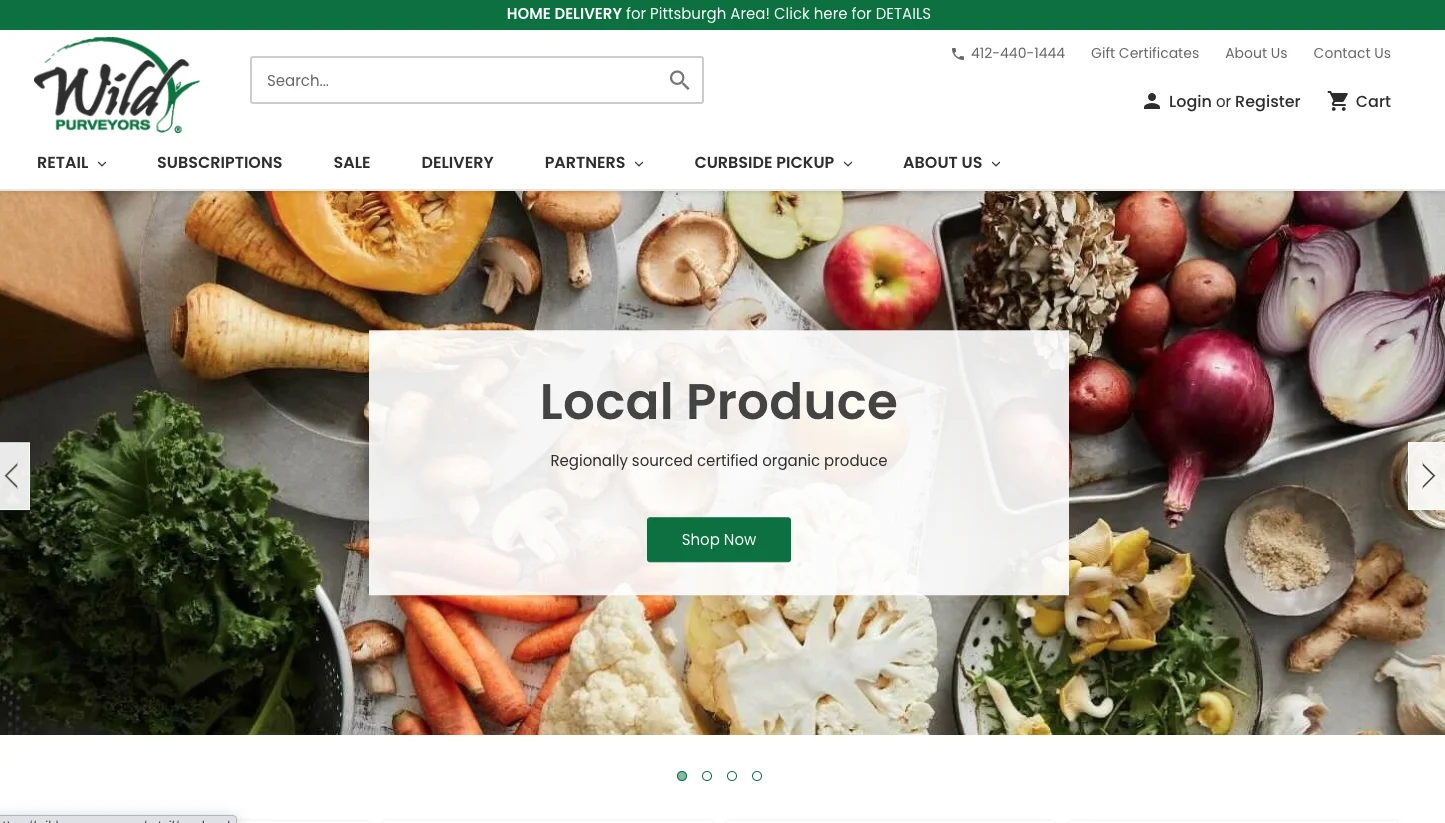Consumers take a lot of things into consideration when making a new purchase. Price, brand loyalty and product quality are all important factors. However, one of the biggest factors in purchasing behavior? Convenience. Consumers want the products they order in their hands as quickly — and cost effectively — as possible.
For ecommerce, this means offering delivery options. This can encompass multiple speeds for shipping, free delivery, home delivery, BOPIS (buy-online-pickup-in-store) where consumers can pick up the product at a brick-and-mortar location or locker and curbside, where they can pick their order up without coming inside.
The COVID-19 pandemic colored a lot of consumer shopping behavior in 2020 and continues to do so moving into 2021. In the age of social distancing, many brick-and-mortar stores were temporarily closed and many shoppers chose to avoid in-person shopping even at stores that were open. This led to curbside delivery seeing a big jump.
As the pandemic swelled, a September 2020 study found that 85% of people planned to increase their use of curbside. In 2021, people have grown used to the convenience of curbside, and a consumer survey found that 87% of people want businesses to continue to offer curbside.
Moving forward, curbside is one more way you can gain a competitive advantage by providing customers the convenience they have come to expect.
In this article, we’re doing a deep dive on curbside pickup and delivery, how it might be the right choice to add to your business model and best practices for making it happen.
Get expert insights on the go with our biweekly audio series where global thought leaders discuss all things ecommerce — from industry news and trends to growth strategies and success stories.
What is Curbside Pickup?
Curbside service isn’t a new concept.
Since the first restaurants with carhops opened in 1921 — a Texas chain called The Pig Stand — people have enjoyed being able to receive delivery orders without leaving their vehicles.
Carry out and drive-thru options soon followed.

However, the option has grown in popularity in recent years as customers increasingly want more options around BOPIS, curbside and delivery. Businesses are in a race to provide better omnichannel fulfillment to stay competitive.
Even prior to the pandemic, chains including Kroger, Whole Foods, Target and Walmart all had curbside pickup programs at some stores. Warehouses like Sam’s Club and BJ’s Wholesale have also added curbside for the first time during the pandemic. Bed, Bath & Beyond pivoted by turning 25% of their stores into digital fulfillment centers. However, offering curbside isn’t limited to big box stores.
Items that can be purchased for drive-up retrieval vary depending on the store, with groceries being the most common items available for curbside. Stores often include dedicated pickup lanes and parking for shoppers waiting for their purchases.
Curbside Pickup Steps: Combining Online and Offline
Like BOPIS, curbside is a convenient option to add to your omnichannel strategy.
If you have both a brick-and-mortar store and an ecommerce store, this is a great way to integrate your online and offline strategy. This will also prepare your business if your brick-and-mortar location is unable to allow shoppers inside.
Even when both arms of your business are up and running full tilt, store pickup still provides some much desired convenience for many customers.
Here’s how it works:
A customer completes an order online.
The customer selects a curbside delivery time slot.
The customer pays online by credit card or other payment method.
Merchant receives the customer’s order.
At the designated time, the customer drives up and parks.
Merchant places the order in the customer’s car.
All done!
If you have a brick-and-mortar store, but don’t already have ecommerce, you will need to set up your store for online ordering. Good news: we’ve got resources to outline the process to make it quick and easy.
Customers Want Curbside Pickup Options
Obviously, the appetite for curbside will vary based on your industry and what you sell. You know your customers best and what type of delivery they may be most interested in. If you aren’t sure, consider surveying them.
In the meantime, here are some common reasons your customers may be clamoring for curbside.
1. Get merchandise faster.
First came two-day shipping. Then Amazon’s one-day shipping became the new normal. Same-day and hourly delivery on certain items also arrived. Customers’ expectations have evolved with each update.
Curbside pickup and delivery allows shoppers to get items into their hands faster and lets them pick it up on their timeline.
2. Visual order confirmation.
While speed is important, so is getting what you want. The cost of speedy delivery sometimes comes at the expense of quality, leading to missing or damaged items.
When customers receive pickup orders themselves, they have a chance to visually confirm that the merchandise is undamaged, that they have received the correct variant (size, color, etc) and that nothing is missing from their order before they even leave the store.
3. Reduces stress and friction.
For many, they may not have the time to wait for their package to be delivered, but getting out of the car to go into the store might also be difficult.
People with disabilities, people with small children or pets, the less-mobile eldery — these groups and others could all benefit from an employee putting their items in their car without them having to leave their vehicle. This can reduce the stress of their trip and provide an overall easier customer experience.
How Curbside Delivery Benefits Retailers
Offering a curbside delivery service to your online store doesn’t only benefit customers — it can also benefit your business.
1. Increased online sales.
We talked above about how people are appreciating not only faster shipping, but also more shipping and delivery options. By offering more ways for customers to shop with you and receive their merchandise, you may be able to improve your conversion rates — great for improving revenue.
2. Better inventory management.
BOPIS or curbside options can allow you to streamline and optimize your inventory management system. If you have a great POS system that can sync with your ecommerce platform, then you can fill orders from one inventory system and pull orders from your fulfillment center or store shelves.
By having your inventory systems work together, you can have a clearer view of your inventory and analytics. This provides a better customer experience as well because customers will be assured that the items they see online listed as in stock in your store will actually be available.
3. Save on shipping fees.
By not physically shipping your items, you’re saving not only on the cost of your shipping carrier, but also on the packaging involved. Since customers are often able to confirm their order is correct before leaving, you can also likely save on fees related to return shipping.
7 Tips for Creating the Best Curbside Pickup Experience
As with any new offering to your store, you should only add curbside delivery if you’re prepared to do it right. If customers find the experience too confusing, are frustrated by a lack of transparency or discover inventory isn’t updated in real time, the added service is more likely to detract from the overall experience than benefit it.
Here are some tips for making sure the experience is a win for both you and your shoppers.
1. Have a designated in-store location for orders.
Having a place to put orders once they’re filled and ready for pickup will help your internal logistics mightily. That way when a customer arrives and notifies you that they’re outside, your staff knows exactly where to go to grab their packed order and make the delivery as efficient as possible.
2. Focus on logistics and infrastructure.
Just as important as having a place inside the store designated, you also need to make sure you have well thought out logistics for outside the store. Will you provide certain parking spots for curbside customers? If so, you will need clear signage created.
Make sure it is obvious to customers what they should do when they arrive. Do they text a number to let you know they’re outside? Do they call? The more you can spell out instructions for them, the more frictionless the experience will be.
Will you have multiple spots where customers can park to receive their curbside orders? If so, make sure they are clearly numbered (or otherwise delineated) and signed so your customers can let you know exactly where they are.
3. Provide dedicated employee training.
Make sure all of your in-store employees fully understand the logistics for the new curbside pickup system. Will certain employees on a shift be in charge of monitoring and delivering curbside? What are the expectations for delivery time? Make sure to document all processes and ensure all employees are clearly trained on them.
4. Have the order ready.
This should go without saying, but nothing will frustrate your customers more than showing up at the designated time and discovering their order is still being prepared. Set the pickup times online far enough out that you know you will have time to fulfill them with your current staff before the customer arrives.
5. Provide a clear notification system.
Regardless of whether you notify customers by text, email or phone, you need to have a clear system for providing them with updates during important moments in the process. Let them know when their order is received. Provide an update when their order is ready for pickup (even if they were already given or selected a pickup time when the order was placed).
6. Promote your curbside delivery program.
In 2020, Walmart ran an ad during the Super Bowl — one of the most expensive ad buys of the year — just to advertise their order pickup service.
While you may not have Super Bowl ad money laying around, it’s still important that you get the word out about your new curbside delivery program. Include it in a promotional email, your newsletter and potentially in a pop-up on your site. Make sure to emphasize it on your checkout page as well.
7. Plan for the long term.
While the increase in curbside may have originated from the COVID-19 effect, the appetite for curbside convenience looks like it's here to stay. If you’re adding curbside as one of your fulfillment options, don’t expect it to be a shorterm fix.
Maisie Woolverton, Marketing Specialist at ShipperHQ, and no stranger to the complexities of ecommerce shipping and fulfillment logistics offers this advice:
“While you may be turning to curbside or store pickup out of necessity, it’s important to remember that any interaction buyers have with you now will still influence how they view you tomorrow. Offering any new service will come with kinks to work out, but if you can implement store pickup well, it’s likely to continue to be a popular option and revenue driver for you after retail storefronts are opened back up. In short, don’t treat pickup like a temporary measure, because there’s a good chance when this is all said and done that you’ll keep the service around.”
Examples of Ecommerce Brands Offering Curbside Pickup
While we most often associate curbside pickup with takeout restaurants, grocery stores chains and big box behemoths like Target and Walmart, these are not the only stores offering the service.
1. Con ‘Olio.

Big brands aren’t the only ones able to quickly pivot to meet changing customer needs. Small local brands are also adding these valuable services. This seller of high-quality olive oils, vinegars and other specialty foods has two physical retail locations in and around Austin, Texas. They offer customers the option to select curbside delivery at checkout. They keep the items temperature controlled until the customer arrives to have them loaded into their car.
2. Di Bruno Bros.

It isn’t only big grocery chains that can help people get necessary groceries (and fun splurges) in a contactless way. Di Bruno Brothers is a Philadelphia-based chain of specialty grocery stores focusing on high-end cured meats and cheeses. They created curbside and delivery options for their five retail locations. Customers can set an account on their website so it recognizes them and knows their home store. Orders are ready for pickup within 24 hours of being placed, and the store also creates weekly specials just for their curbside orders.
3. Wild Purveyors.

This Pittsburgh-based seller of regionally-sourced produce, pastured quality meats, organic dairy products and fine cheeses has a unique process for curbside. They offer a no-contact pickup option where employees place a customer’s order in coolers, and the customer is notified by text when to get out of their car to retrieve it from the pickup spot. While this departs from the traditional curbside model wherein the employee brings the item directly to the customer’s car, it does still provide the convenience of not having to go in the store for pick up.
Does Curbside Pickup Make Sense For Your Store?
Now the most important question of all: Is curbside actually a good fit for your business model? While it’s great to be agile and pivot in light of changing circumstances, there are plenty of things to consider before jumping into curbside.
1. Does it align with business goals?
Is offering curbside something you can realistically do with your current staff? Would it make sense as a temporary offering in light of recent circumstances or would you want to roll it out as a permanent fixture of your business? It’s important to consider both your short-term and long-term business goals before making a significant change.
2. Do you have an ecommerce platform for online orders?
As mentioned above, to offer curbside you need both a place for customers to order (an online store) and a place for them to pick up the merchandise. If you don’t already have an ecommerce store, it isn’t that hard to set one up. Here’s our guide to get you up and running quickly.
3. Do you have the parking available at your brick-and-mortar store?
You don’t just need a physical store to do curbside, you also need a place for people to wait while you collect their orders and deliver them to their vehicles. Having designated parking spots is ideal. If you only have street parking in front of your store, it’s not impossible to offer curbside, but you will have to work out a good logistical system to make sure it is workable for both your staff and customers.
4. What are your competitors doing and achieving?
Are your competitors offering curbside? If so, does it seem successful? Consider secret shopping their services to see how they manage the logistics. And if your major competitors aren’t offering the option yet, consider the reasons why. Is it because you could be on the cutting edge or because it wouldn’t make sense for your industry or customers? Doing competitive research before making a change to your business model is always a smart decision.
Conclusion
Consumers are increasingly asking for more flexible delivery options, so it can be a smart move to make curbside pickup a part of your business.
If you have a BigCommerce store already and are interested in adding curbside functionality to it, here’s a great how-to you can follow to make it happen.
If you have a brick-and-mortar business and an ecommerce store, you already have much of what you need to get started. And if you have a physical store but no website, it’s not as hard as you may think to get one set up quickly.



